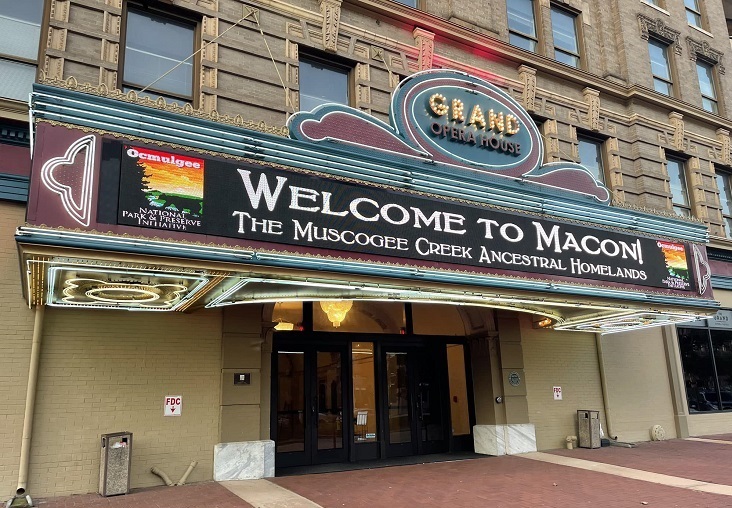Jeremy Reynolds recently wrote a great piece about the Pittsburgh Symphony Orchestra’s (PSO) European tour. The article isn’t so much about what happened during the tour as it is about why orchestras tour. The insight it provides about the way orchestra operate is pretty fascinating.
People interviewed for the article admit that PSO’s touring activities don’t really benefit Pittsburgh in terms of tourism or increased business opportunities and corporations are increasingly less willing to support the orchestra’s tours.
However, European tours are apparently a great recruitment and retention tool for the orchestra. There was concern that music director and conductor Manfred Honeck might be lured away by the Chicago Symphony Orchestra which has a bigger budget and salary base, but he surprised everyone by renewing his contract with Pittsburgh–with the understanding they would continue touring.
Similarly, the role of concertmaster went unfilled for years until last Spring when David McCarroll assumed the position and part of the appeal for him was the adulation PSO received while on tour.
He said the opportunity to tour in Europe — and to be welcomed with such fervor — is something that defines a top caliber orchestra.
“I know these audiences,” he said. “The reaction to the symphony is not typical. This is not usual, it’s not normal.”
Who wouldn’t want a job where they got that kind of acclaim? Even if you have to leave your hometown to actually get it.
“We’re famous everywhere else except Pittsburgh,” said Bill Caballero, the orchestra’s principal French horn player. “We go to these places and they go crazy for us.”
Though touring can sometimes be something of a double-edged sword when it comes to recruitment. Apparently, when the Oslo Philharmonic visited Pittsburgh, PSO took the opportunity to wine and dine the music director and ultimately lured him away from Oslo.
Where you tour in Europe also apparently matters:
“Tours were this big benchmark that orchestras differentiated themselves with, right along with their base and how long their season is,” said Drew McManus, a Chicago-based orchestra consultant.
“If they went on tour, did they go to Europe? And if they went to Europe, do you mean Spain or do you mean Germany? It’s all a kind of caste system.”
There is quite a bit more detail about the tour in the article, including some nice multimedia components, so take a look and learn a little bit more about the nuances involved with orchestra touring.
